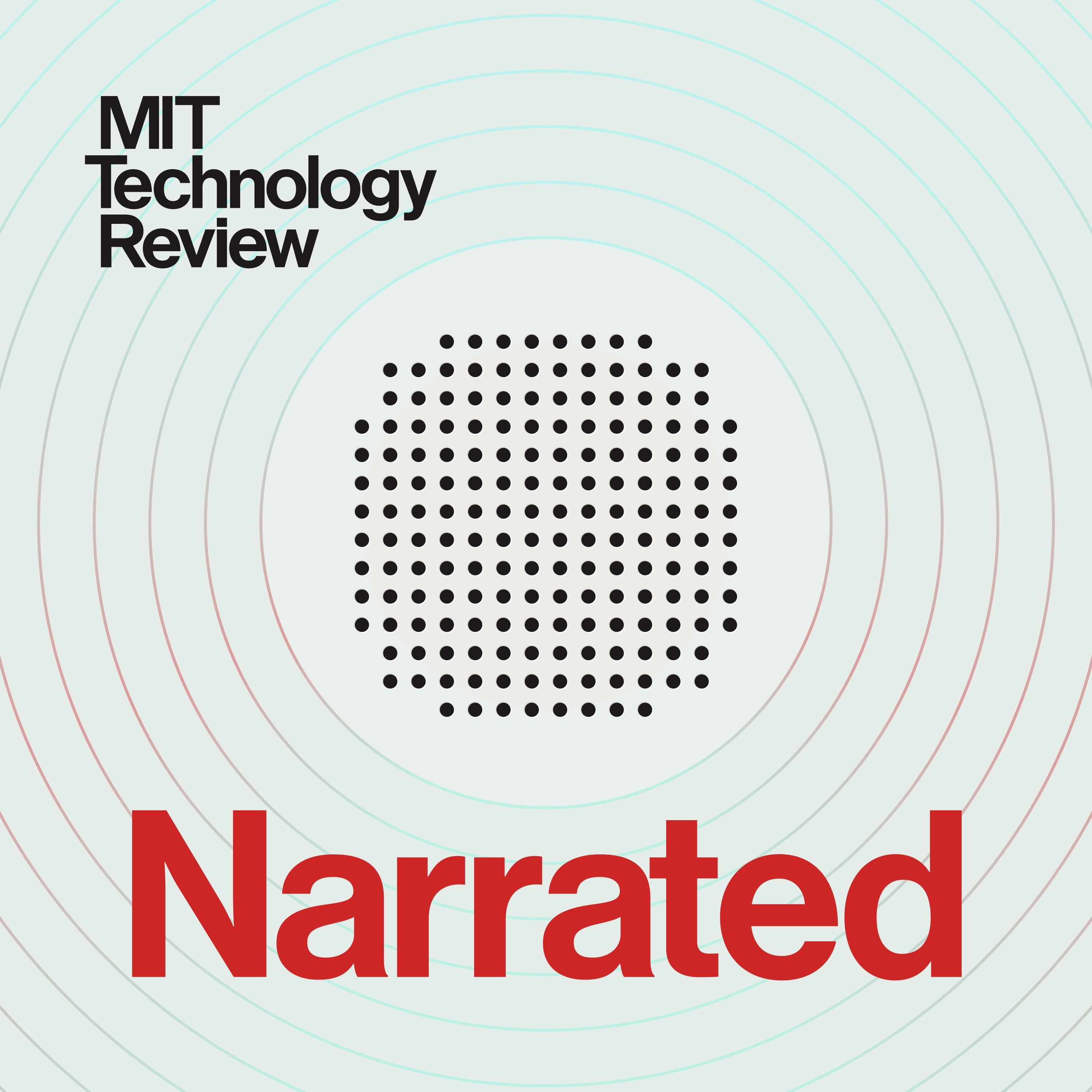
Is robotics about to have its own ChatGPT moment?

MIT Technology Review Narrated
Deep Dive
- Home environments are unpredictable due to varying furniture, floor plans, and household activities.
- Generative AI could give robots the ability to learn new skills and adapt to new environments quickly.
- This new approach might finally bring robots out of the factory and into homes.
Shownotes Transcript
Robots that can do many of the things humans do in the home—folding laundry, cooking meals, cleaning—have been a dream of robotics research since the inception of the field in the 1950s.
While engineers have made great progress in getting robots to work in tightly controlled environments like labs and factories, the home has proved difficult to design for. Out in the real, messy world, furniture and floor plans differ wildly; children and pets can jump in a robot’s way; and clothes that need folding come in different shapes, colors, and sizes. Managing such unpredictable settings and varied conditions has been beyond the capabilities of even the most advanced robot prototypes.
But now, the field is at an inflection point. A new generation of researchers believes that generative AI could give robots the ability to learn new skills and adapt to new environments faster than ever before. This new approach, just maybe, can finally bring robots out of the factory and into the mainstream.
This story was written by senior AI reporter Melissa Heikkilä and narrated by Noa - newsoveraudio.com